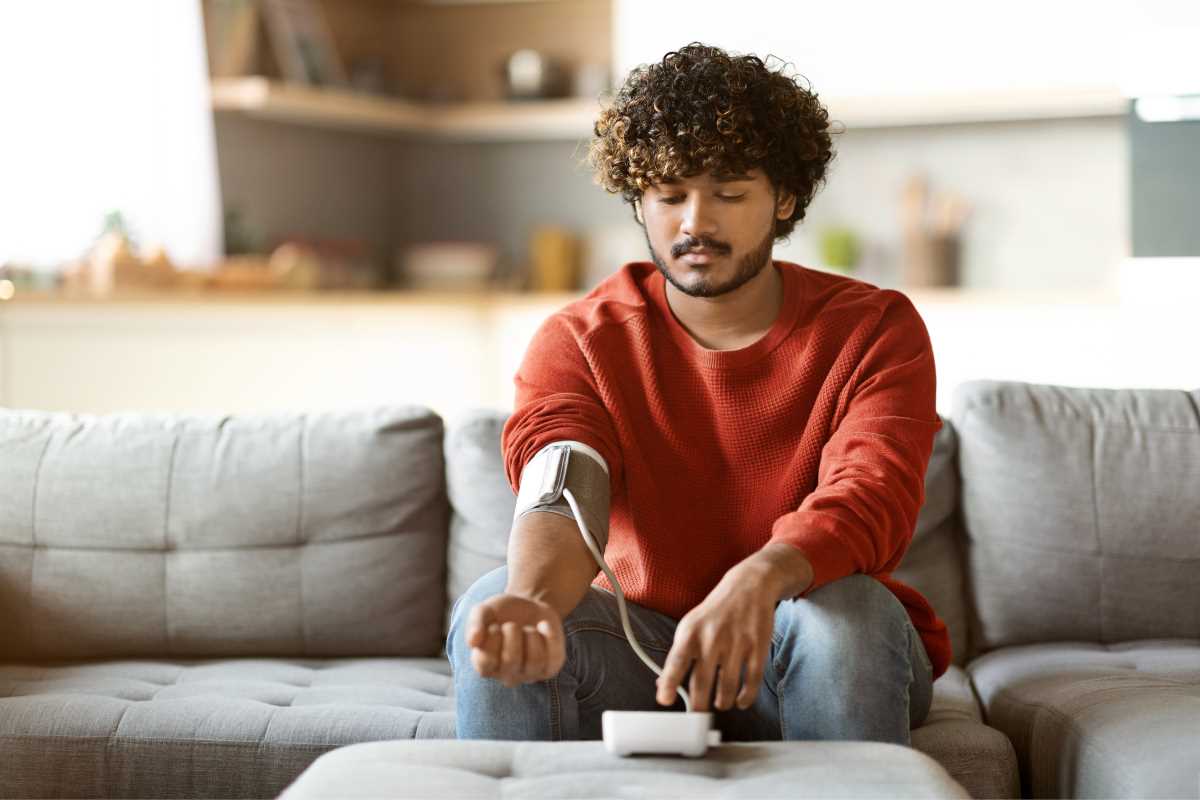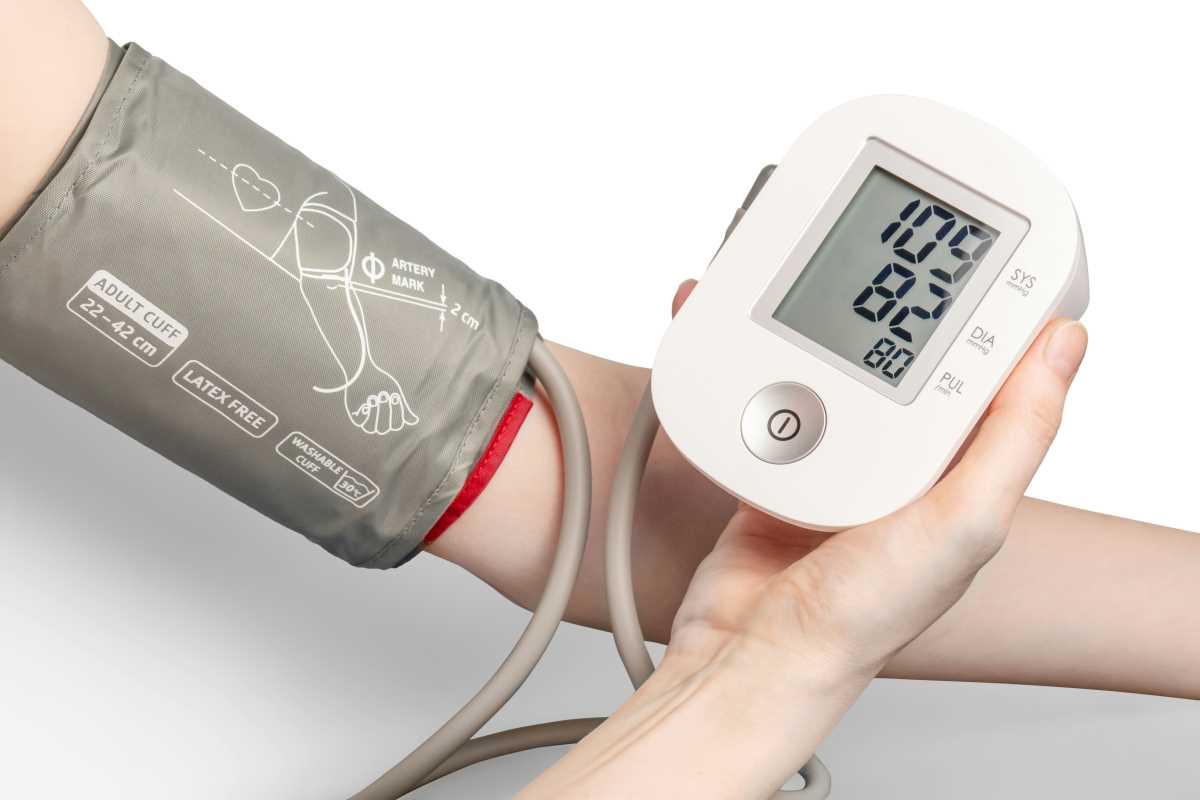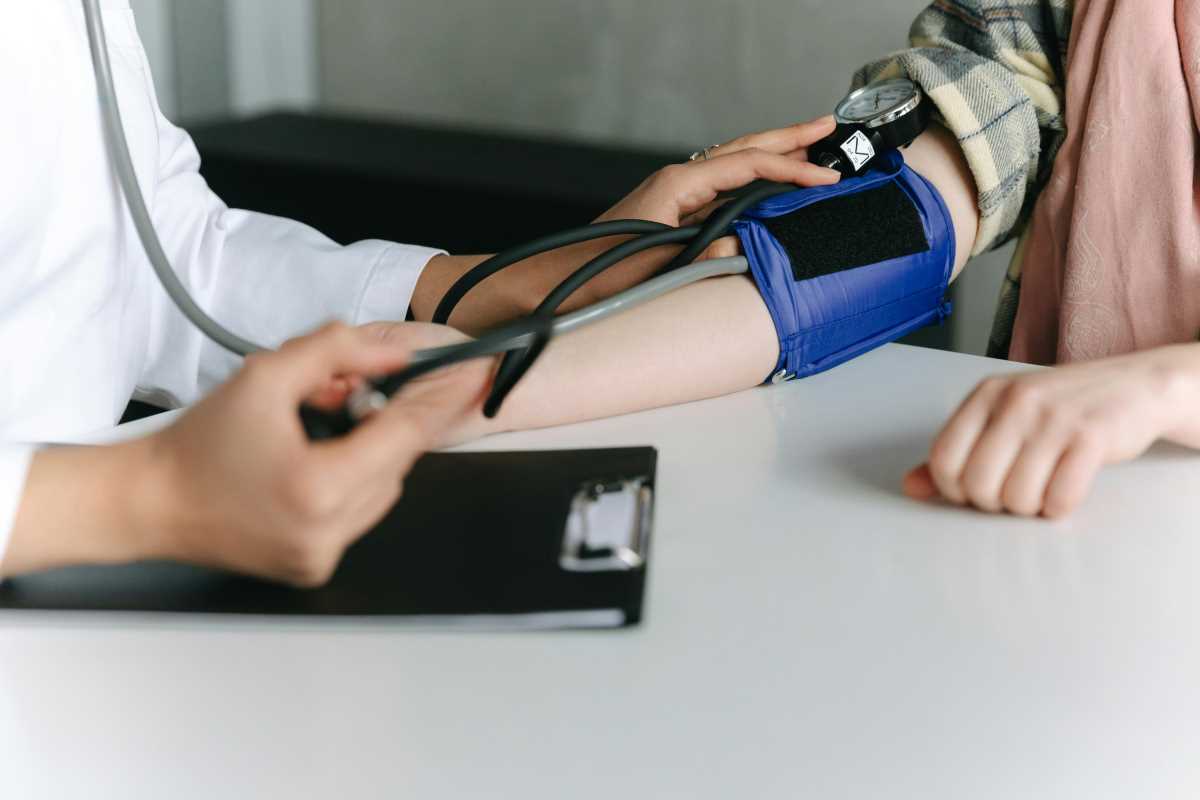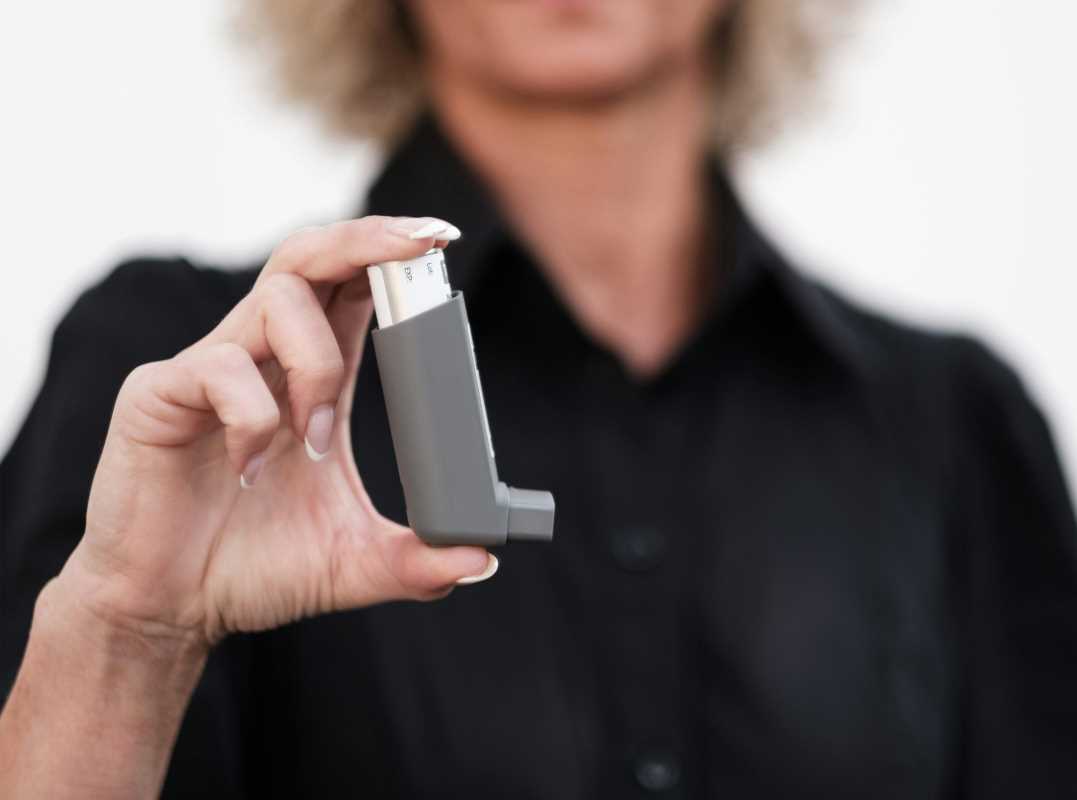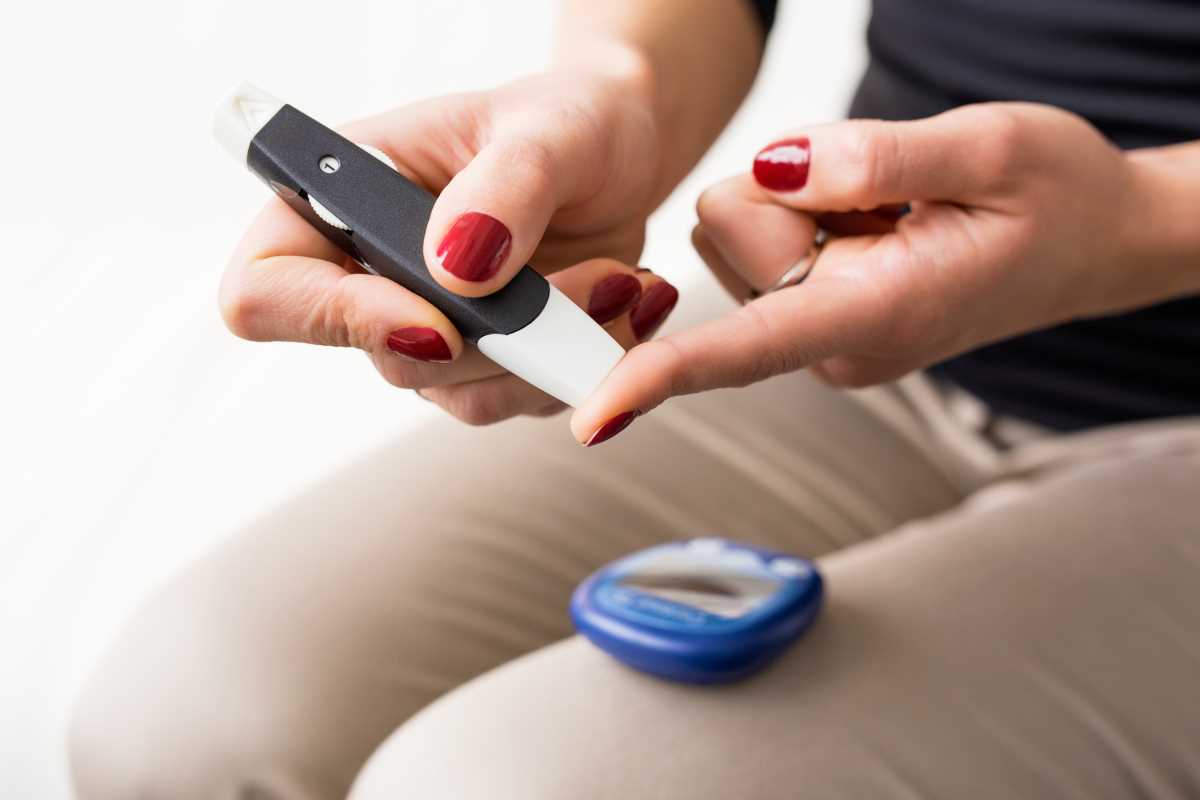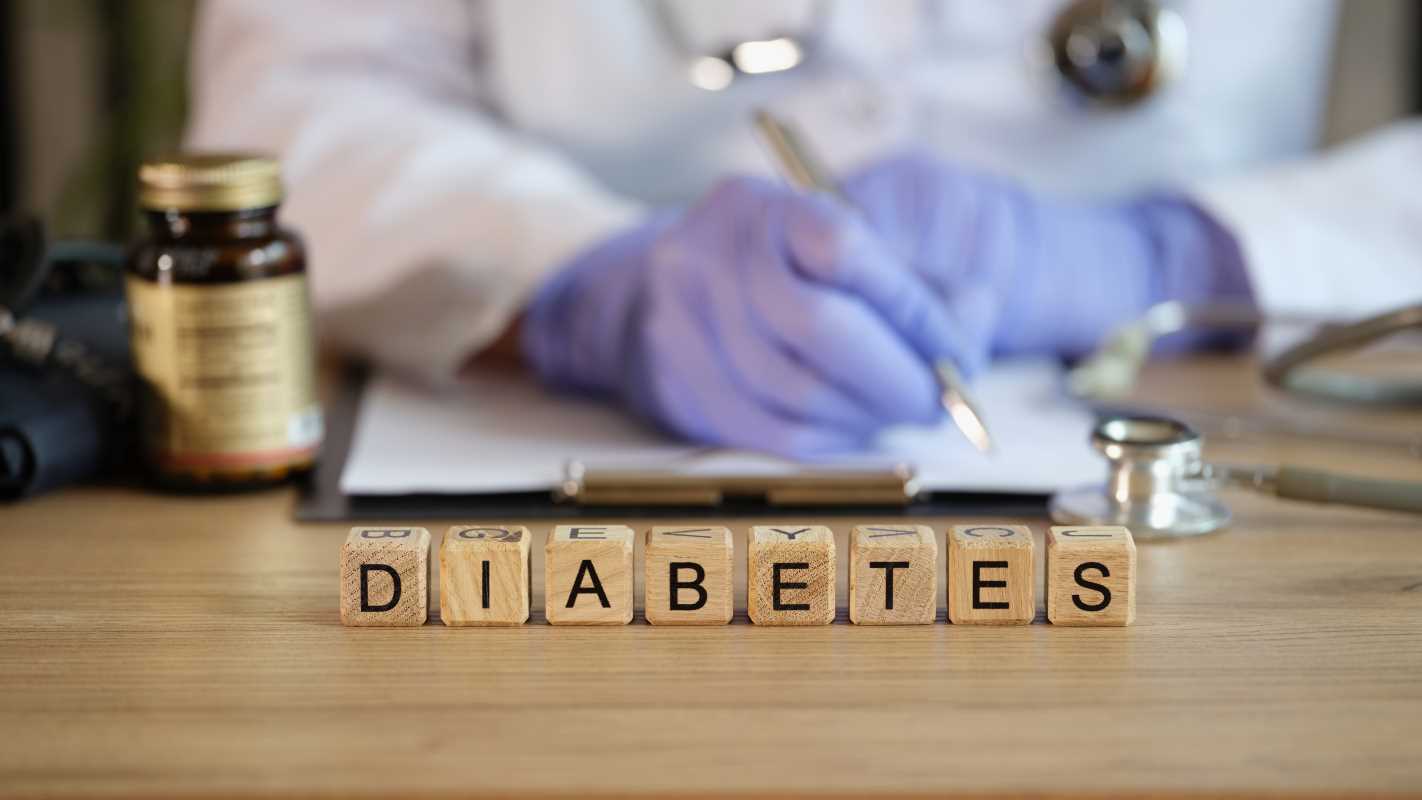Measuring your blood pressure is one of the simplest steps you can take to keep an eye on your heart health. But did you know that the time of day you check it can actually impact your readings? If you’ve been wondering when to reach for your monitor, you’re not alone. Timing, consistency, and technique all play a role in getting reliable results. Here’s everything you need to know to make those readings as accurate as possible.
Why Timing Matters for Blood Pressure Readings
Blood pressure isn’t static; it fluctuates naturally throughout the day. This fluctuation is called your “circadian rhythm,” and it causes your blood pressure to rise and fall in a predictable pattern. Here's a quick rundown of how it works:
- Morning Surge: Blood pressure typically rises in the early hours of the morning as your body prepares to wake up and get going. This is called the “morning surge,” and for some people, blood pressure peaks during this time.
- Afternoon Dip: By late morning to early afternoon, blood pressure tends to settle into a more stable range. For many, this is when it’s at its lowest.
- Evening Rise: Blood pressure often increases slightly in the later afternoon and evening as you go about your daily activities.
- Overnight Drop: During sleep, blood pressure typically dips as your body rests.
Because of these natural changes, the time you choose to measure your blood pressure matters. If you don’t account for these fluctuations, you might end up with inconsistent readings that don’t give you the full picture.
The Best Time of Day to Take Your Blood Pressure
For most people, healthcare providers recommend taking blood pressure readings in the morning and again in the evening. This provides a balanced view of your daily patterns and ensures any irregularities are caught. If you’re only taking readings once a day, the morning is generally preferred.
Morning Measurements
Why mornings? After a restful night, your body is at its baseline. That makes it easier to capture an accurate, resting blood pressure measurement right after you wake up. Doctors often suggest taking your reading within an hour of waking, but before drinking coffee or taking medication, as both can temporarily impact your results.
Evening Measurements
Evening readings aren’t quite as common but can be incredibly helpful for tracking your overall blood pressure trends. Most physicians recommend taking this measurement before dinner or a few hours after winding down, avoiding alcohol or stimulants that could skew your readings.
By measuring at these consistent times, you’ll create a record your doctor can rely on. This is especially important if you’ve been diagnosed with hypertension (high blood pressure) or are monitoring how new medications are working.
Tips for Consistent, Accurate Blood Pressure Monitoring
Taking your blood pressure might seem as simple as pushing a button on your monitor, but there’s a bit of an art to getting it right. Here’s how to do it like a pro:
1. Stick to the Same Time Daily
Aim to measure your blood pressure at the same time(s) every day to account for your body’s natural rhythms. For example, if you check in the morning at 7 a.m., try not to do it at 9 a.m. the next time.
2. Pick a Calm, Quiet Environment
Stress and distractions can cause your reading to jump. Find a calm space where you can sit quietly for at least five minutes before taking your measurement.
3. Position Yourself Correctly
Believe it or not, how you sit can affect your blood pressure. Make sure to:
- Sit in a sturdy chair with your back straight and supported.
- Keep your feet flat on the floor (don’t cross your legs).
- Rest your arm on a flat surface, keeping it at heart level.
4. Avoid Short-Term Influences
Certain activities and lifestyle habits can temporarily elevate your blood pressure. To get accurate readings, avoid:
- Caffeine for at least 30 minutes before measuring.
- Smoking or chewing nicotine products.
- Exercise for an hour prior to your reading.
- Eating a heavy meal right before measuring.
5. Double-Check Your Equipment
If you’re using a home blood pressure monitor, make sure it’s working properly. Most modern monitors are easy to use, but check that the cuff is the right size for your arm, and follow the user guide to avoid errors.
6. Take Multiple Readings
One measurement is a snapshot—it doesn’t always tell the full story. To ensure accuracy:
- Take two to three readings, waiting a minute between each.
- Record all readings and calculate the average if needed.
Building a Routine That Works for You
Making blood pressure monitoring a habit doesn’t have to disrupt your day. Fit it into your existing routine so it feels less like a chore and more like a habit. Here’s how some people make it work:
- Morning Routine Add-On:
Pair blood pressure monitoring with something you already do every morning—like brushing your teeth or checking your email. This keeps it top of mind.
- Evening Wind-Down:
Incorporate your second reading into your evening routine, perhaps right before you put your phone down for the night.
- Use a Reminder:
If you’re prone to forgetting, set an alarm or ask a family member to join you in making it a shared habit.
What to Do With Your Results
Tracking your blood pressure over days and weeks provides valuable information for your doctor. Keep a log—whether on paper, in an app, or directly on your monitor—of:
- The date and time of each reading.
- The systolic (top number) and diastolic (bottom number) values.
- Any notes about how you felt (stressed, tired, etc.).
If you notice persistent high numbers, low readings, or any irregularities, talk to your healthcare provider. They’ll help you interpret your results and decide if changes in your treatment plan are necessary.
Disclaimer: The content provided on SuperHealthyTips is for informational and educational purposes only. This information is not intended to be a substitute for professional medical advice, diagnosis, or treatment.
